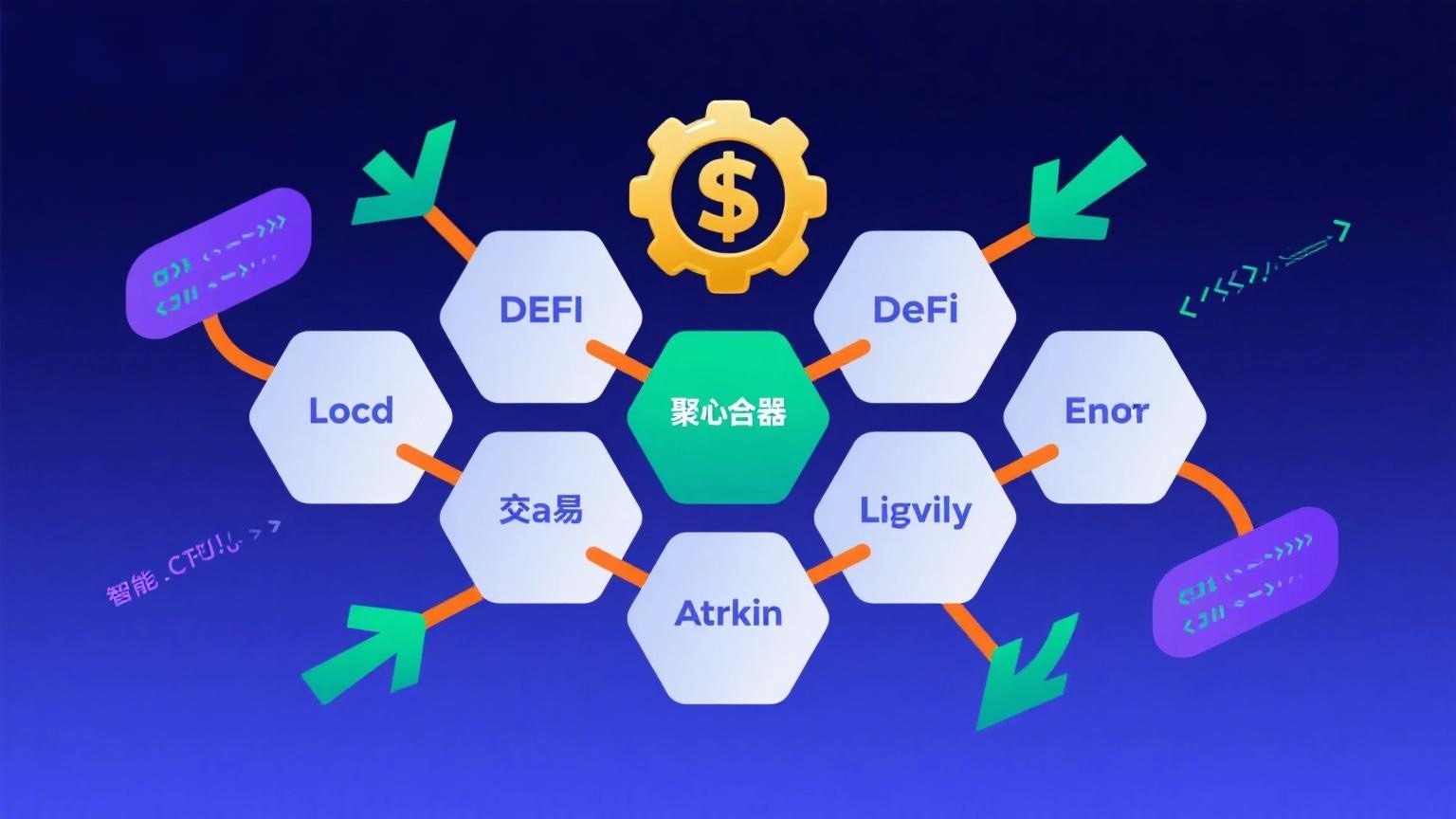
As we all know, in traditional finance, we can entrust our money to professional fund teams to manage. They will invest the money in a portfolio, and after generating returns, they will take a certain percentage as fees.
An aggregator in DeFi is a platform that supports multiple DeFi protocols. It can automatically shift positions among various DeFi protocols that offer liquidity mining, helping users achieve higher returns. Simply put, it is like a fund product in the DeFi world, except that it replaces centralized investment teams with smart contracts written in code to perform the functions of traditional fund investment and wealth management.
Some might ask: How can code replace humans in investment and wealth management? Below, we’ll use yEarn Finance, a leading aggregator project, as an example to explain how its wealth management mechanism works.
yEarn Finance generates returns mainly from two sources. First, as mentioned earlier, DeFi lending projects share a common business logic: providing loan capital to these projects can yield certain project token rewards and loan interest, although the returns vary across different lending projects.
The aggregator itself does not provide lending services, but its smart contracts can connect to other lending projects. When users deposit their digital assets into the aggregator, its smart contracts automatically identify the lending protocol with the highest returns, transfer the assets there, and provide loan capital to generate profits.
Additionally, another source of returns comes from other DeFi trading projects. To ensure trading stability, these projects require capital to provide liquidity. In return, they distribute trading fees and their project tokens to liquidity providers. As a multi-protocol aggregation platform, the aggregator can also connect its smart contracts to these trading projects to automatically generate returns.
Thus, the aggregator functions like an automated investment product that provides trading strategies. When users deposit their digital assets—such as USD stablecoins—into the aggregator, its smart contracts automatically connect to lending and trading project contracts, invest in the projects with the highest returns, and pool the profits. These profits are then distributed to users according to predefined rules.
In summary, aggregators currently play a crucial role in the DeFi ecosystem. They not only serve as wealth management tools but also lower the barrier to entry for DeFi. In the future, as the decentralized market grows, aggregators may become the gateway to the ecosystem, truly helping DeFi realize a decentralized financial world where everyone can freely participate.
















